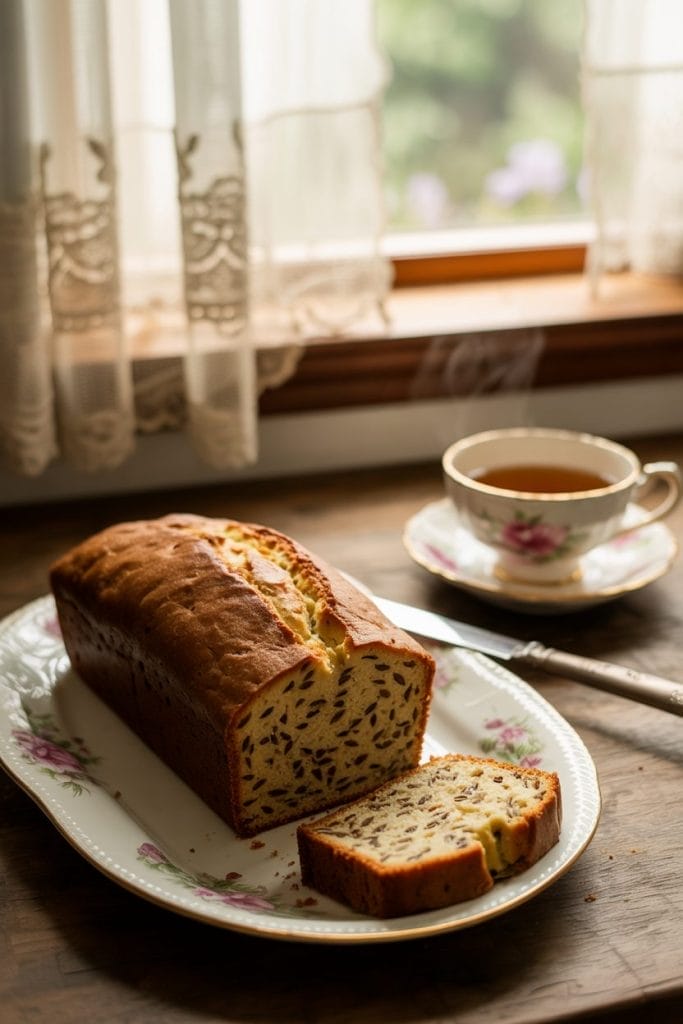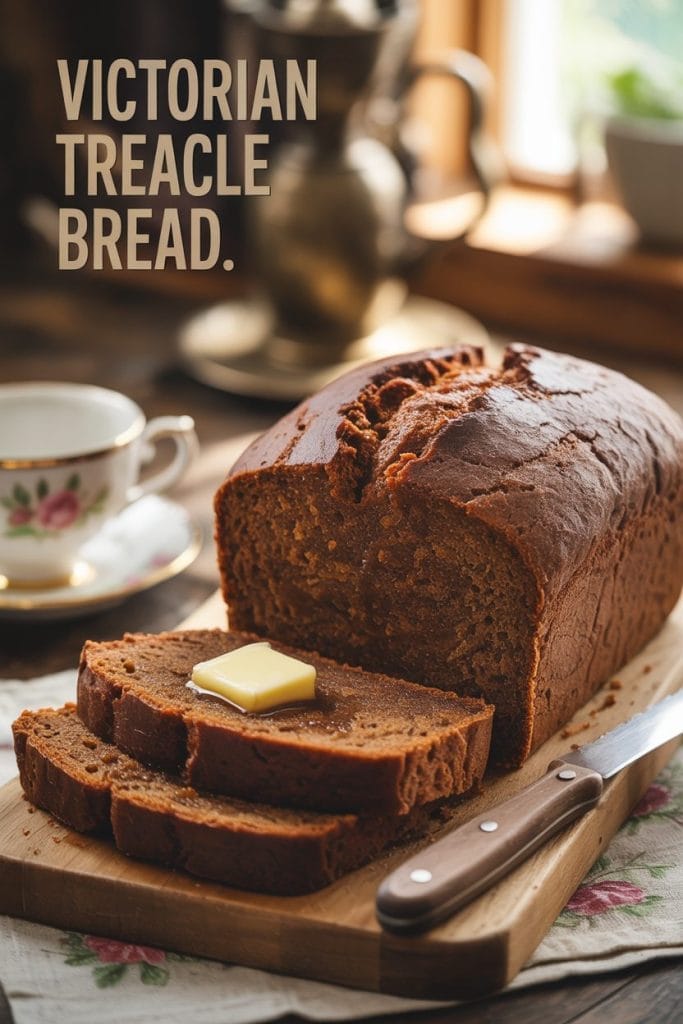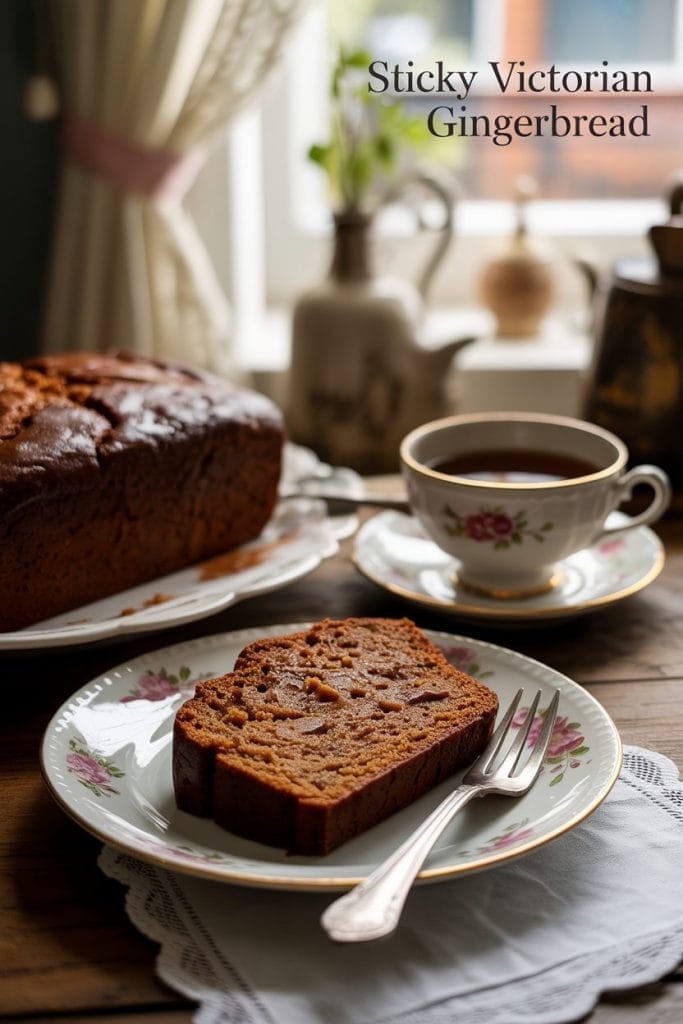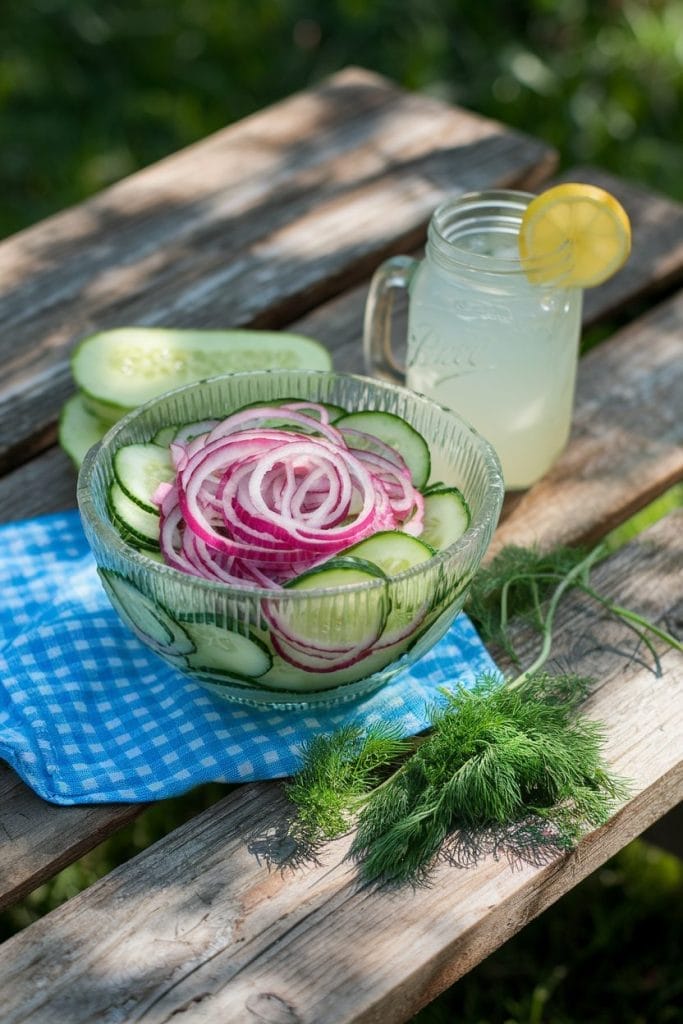I Made These FREE Vintage Recipe Tools JUST For You
This recipe was created with help from AI tools and carefully reviewed by a human. For more on how we use AI on this site, check out our Editorial Policy. Classic Fork earns a small commission from Amazon and other affiliate links at no extra cost to you, helping us keep our content free and honest.
5 Wartime Recipes That Helped Families Survive WWII – Can You Handle the Challenge?
Time Period:
Meal Type:
We’ve all had those nights staring into a nearly empty fridge, wondering what to make. But during WWII, this was every day for millions of families.
From stretching rations to creating comfort in the face of uncertainty, these 5 recipes show the power of creativity in the kitchen.
Could you whip up dinner under those conditions? Let’s find out.
What Would You Cook in Wartime?
Step back in time and discover what you could make with limited wartime rations
5 Authentic WWII Wartime Recipes to Try at Home
1. British Carrot Marmalade

History and Context:
During the war, imported fruits like oranges became scarce in the United Kingdom due to naval blockades. To satisfy their craving for something sweet and citrusy, the British turned to the humble carrot, rich in natural sugars and readily available from local farms. The Ministry of Food promoted carrot marmalade as a substitute for traditional jams, highlighting its nutritional value and versatility.
Where and Why:
Carrot marmalade was made across the UK, from bustling cities to quiet countryside homes. It became a symbol of the “Dig for Victory” campaign, encouraging citizens to grow their own food and make the most of available resources.
2. American Victory Garden Vegetable Stew

History and Context:
In the United States, food rationing led to the widespread planting of “Victory Gardens” in backyards, empty lots, and public parks. These gardens produced an abundance of vegetables, which were often combined into hearty stews. The vegetable stew not only provided nourishment but also fostered a sense of community and contribution to the war effort.
Where and Why:
From urban centers like New York City to rural towns across America, Victory Garden stews were a staple. They represented self-sufficiency and patriotism, as families took an active role in supporting the troops by reducing demand on commercial food supplies.
3. German Ersatz Coffee (“Muckefuck”)

History and Context:
Coffee became a rare commodity in Germany due to wartime trade disruptions. To fill the void, Germans brewed “Ersatz” (substitute) coffee using roasted grains like barley, chicory roots, or acorns. Nicknamed “Muckefuck,” this beverage mimicked the taste of coffee without the caffeine and became a daily ritual for many households striving for normalcy amid hardship.
Where and Why:
Consumed throughout Germany and occupied territories, Ersatz coffee was a testament to the adaptability of people facing severe shortages. It allowed them to maintain cherished routines despite the challenges of war.
4. French Chestnut Flour Bread (“Pain de Châtaigne”)

History and Context:
In occupied France, wheat was heavily rationed and often requisitioned by occupying forces. To compensate, French bakers and home cooks turned to alternative flours like chestnut and rye. Chestnut flour bread, or “Pain de Châtaigne,” became a nutritious and essential part of the French diet, offering a dense texture and rich flavor.
Where and Why:
This bread was popular in regions where chestnuts were abundant, such as Corsica and parts of southern France. It symbolizes the resourcefulness of the French people in utilizing local ingredients to sustain themselves during difficult times.
5. Soviet Cabbage Soup (“Shchi”)

History and Context:
In the Soviet Union, “Shchi” was a staple dish that became even more vital during the war. Made primarily from cabbage, potatoes, and occasionally bits of meat or bone when available, this soup provided essential nutrients. It was especially crucial during the Siege of Leningrad, where food was scarce, and survival depended on making the most of limited resources.
Where and Why:
“Shchi” was eaten across the USSR, from rural villages to cities under siege. It reflected the communal spirit and endurance of the Soviet people, offering warmth and sustenance in the face of adversity.
5 Wartime Recipes That Helped Families Survive WWII
During World War II, families had to make do with limited ingredients every day, turning scarcity into creativity. These five recipes highlight how people stretched rations and found comfort in simple meals. Could you manage to cook under those conditions? Let’s see.
Soviet-Style Cabbage Soup From World War 2
Shchi, a traditional Russian cabbage soup, became a vital wartime staple during World War II, providing nourishment despite food shortages.
French Chestnut Flour Bread (“Pain de Châtaigne”) – A Rustic Wartime Loaf From World War 2
In occupied France, wheat was heavily rationed and often requisitioned by occupying forces. To compensate, French bakers and home cooks turned to alternative flours like chestnut and rye. Chestnut flour bread, or “Pain de Châtaigne,” became a nutritious and essential part of the French diet, offering a dense texture and rich flavor.
German Ersatz Coffee (Muckefuck) From World War 2
Coffee became a rare commodity in Germany due to wartime trade disruptions. To fill the void, Germans brewed “Ersatz” (substitute) coffee using roasted grains like barley, chicory roots, or acorns. Nicknamed “Muckefuck,” this beverage mimicked the taste of coffee without the caffeine and became a daily ritual for many households striving for normalcy amid hardship.
American Victory Garden Vegetable Stew from World War 2
In the United States, food rationing led to the widespread planting of “Victory Gardens” in backyards, empty lots, and public parks. These gardens produced an abundance of vegetables, which were often combined into hearty stews. The vegetable stew not only provided nourishment but also fostered a sense of community and contribution to the war effort.
British Carrot Marmalade From World War 2
During the war, imported fruits like oranges became scarce in the United Kingdom due to naval blockades. To satisfy their craving for something sweet and citrusy, the British turned to the humble carrot, rich in natural sugars and readily available from local farms. The Ministry of Food promoted carrot marmalade as a substitute for traditional jams, highlighting its nutritional value and versatility.

Maggie Hartwell
Hi there, I’m Maggie Hartwell, but you can call me Maggie—the apron-clad foodie behind Classic Fork! I created Classic Fork because I’m convinced food has a way of telling stories that words can’t. So, grab a fork and dig in. The past never tasted so good!











